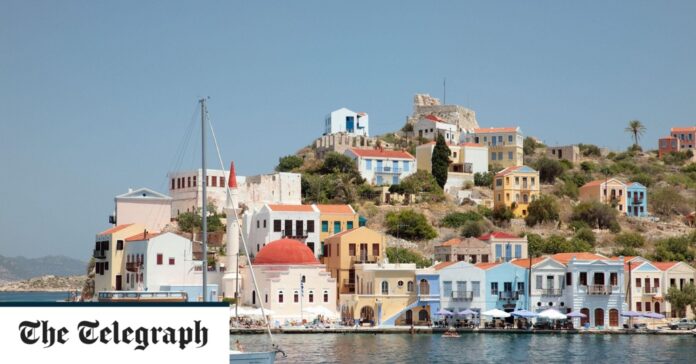From Anafi to Ikaria, Kythira and Nisyros, there are still corners of the archipelago that only locals know. Here are 10 of the best
Scattered across the teal-blue sea as if the gods had dropped their marbles, the Greek islands are like nowhere else on earth. They are the stepping stones to sun-dappled freedom, thyme-scented breezes, drowsy olive groves and retsina-soaked nights under a brilliant frieze of stars. From that first sidestreet pitta souvlaki, with a stray cat rubbing against your ankles, and that first icy Mythos on a white-pebble cove, the colossal weight of the world slips from your shoulders the minute you arrive.
There is something elemental about these islands: the light bouncing off white walls; the warm, silky sea; the wind and waves. After a few days, you’re breathing deeper, moving slower, tuning into forgotten biorhythms. You become downright lazy. Suddenly, it’s an effort to shuffle a few feet from the sunbed to the taverna for a frappe, to the sea for a dip, or to those ancient ruins of Homeric legend. Tomorrow. Siga, siga – slowly, slowly, the magic is working.
And what magic. For what could be more exciting than opening a dog-eared map and tracing a curious finger over its 6,000 islands – some inhabited, some little more than specks of rock – then high-tailing it to Athens, hopping on an old bone-shaker of a ferry and alighting on one with a name you’ve never heard of.
There are popular isles with crowds and cruise boats, of course, like Crete and Corfu, Mykonos, Rhodes, Kos and Santorini. And then there are the likes of Symi, Sifnos and Serifos – islands that were once totally untouched by tourism, but have gradually seen ferries multiply and prices rise as a trickle of foreign visitors became a gush. But there is a third category – a Greece beyond the sunset-hogging Instagrammers, two-for-one-cocktails and sirtaki dancing on tables.


